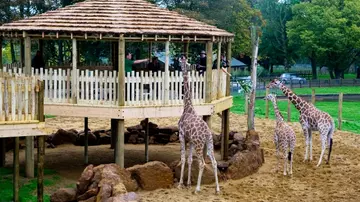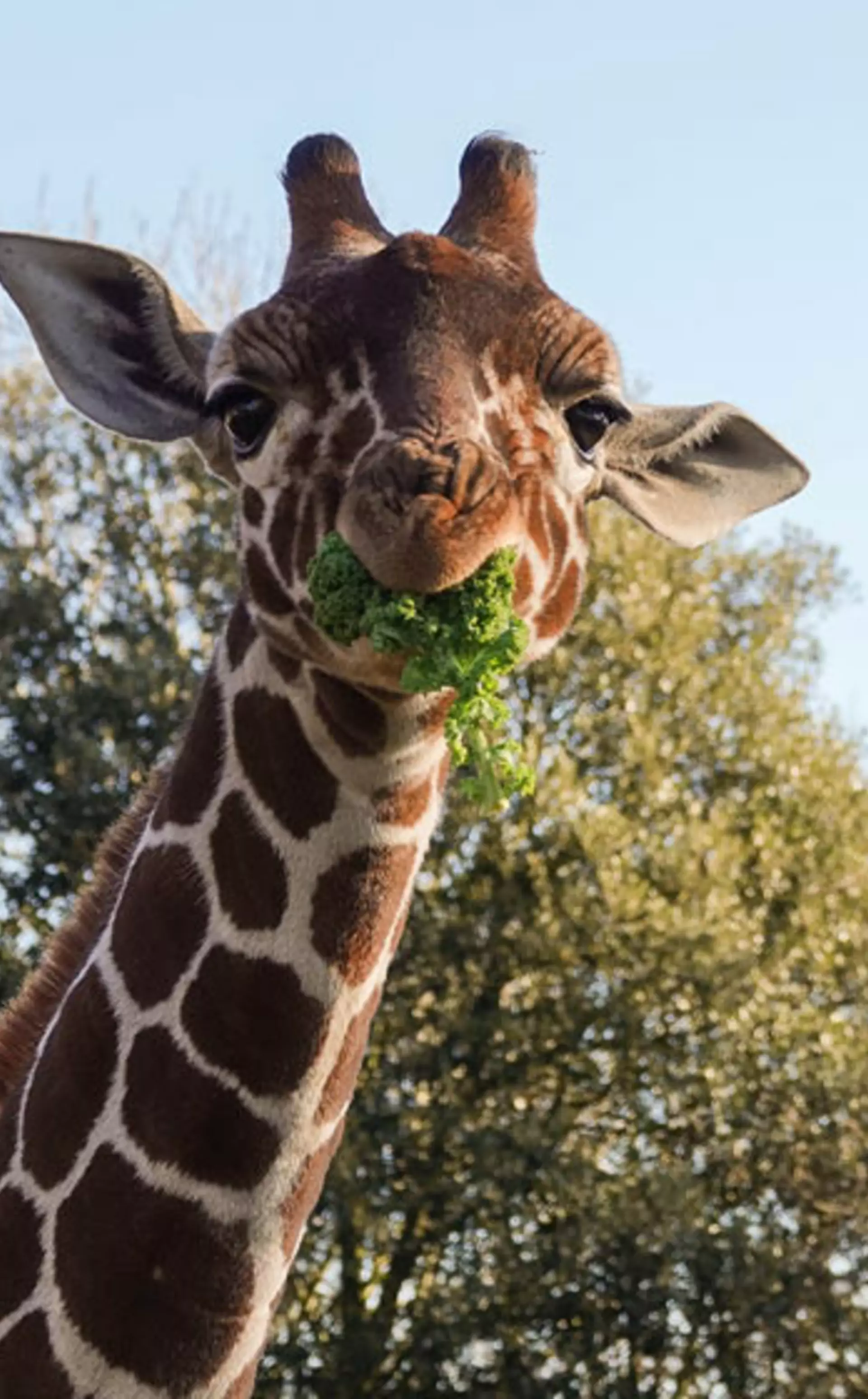
In Giraffe Behaviour Study pupils will work scientifically to collect real data on our herd of giraffes. Students will work in groups and come face to face with our herd of giants to collect behavioural data using ethograms. The students will then use this data to create behaviour bar charts and to compare behaviours between different age groups in the herd. Group discussions will then allow students to elaborate on how this data could be used both for the animals' welfare at the zoo and for the conservation of the species in the wild.
Please be aware that this session will be held outside. Students should wear appropriate clothing and footwear.
| Age: KS3 (11 - 14 years old) | Duration: 45 minutes | Capacity: 35 students | Outdoor workshop |

Intended learning outcomes:
Students will be able to:
- Work scientifically to collect real-time behavioural data using ethograms;
- Create bar charts to illustrate their results;
- Use scientific language to explain their results;
- Describe how research can impact the conservation of animals in the wild.
National Curriculum Links
| KS3 Biology | Working Scientifically | Scientific attitudes |
|
| Experimental skills and investigations |
|
||
| Analysis and evaluation |
|
||
| Interactions and interdependencies | Relationships in an ecosystem |
|
|
| Genetics and evolution | Inheritance, chromosomes, DNA and genes |
|
